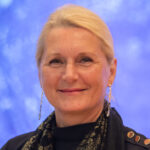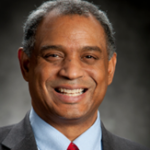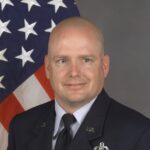Experts: Space weather affects us all, regardless of whether we are aware
“This is not rain, this is not a thunderstorm, this is not a hurricane, these are things you may not even see but they do impact you,” opined John Hicks, Principal Program Manager at Johns Hopkins University Applied Physics Laboratory, in his role as moderator of this fascinating panel discussion presented at the 39th Annual Space Symposium.
Space weather refers to the direct effects of the Sun, the solar wind, and the Geospace environment on Earth systems, technologies, and infrastructure. Individuals assembled to discuss this inscrutable but incredibly impactful phenomena included Pascale Ehrenfreund, President, Committee on Space Research; Robert Steenburgh, space scientist at NOAA’s Space Weather Prediction Center; Lt. Col. Haley Homan and Lt. Col. Sarah Winfrey, both representing USAF, and Elsayed Talaat, Director at NOAA’s Office of Space Weather Observations.
The discourse emphasized that, although space weather typically escapes public notice and extreme events are comparatively rare, they can cause considerable damage to critical infrastructure and interruption of communication systems. Solar maximum, the peak of the Sun’s 11-year cycle, is expected in 2025 and, along with it, increased activity and event intensity.
Steenburgh provided striking examples of significant technological advances made in detecting, analyzing, and forecasting space weather events. Holman and Winfrey provided insight into the importance those advances, along with timely and accurate communication, play in DOD operations.
Speaking to local, national, and global communication around space weather, Talaat said, “Are we ready to communicate? Yes. We do communicate. But are we sufficiently prepared and able to predict and forecast space weather and have the observations? No. We’re not there yet. We need better observations and better models. With all the advances we’ve made, the need is greater.”
Related Resources
- Nicola Fox on NASA SMD: All the science we do directly impacts civilization
- Habitable Worlds Observatory mission aims to find answer: Is life unique?
- 2024 Total Solar Eclipse big topic during discussion of NASA’s Heliophysics Big Year
- NASA Earth Science Division initiatives aid global efforts to manage climate change





